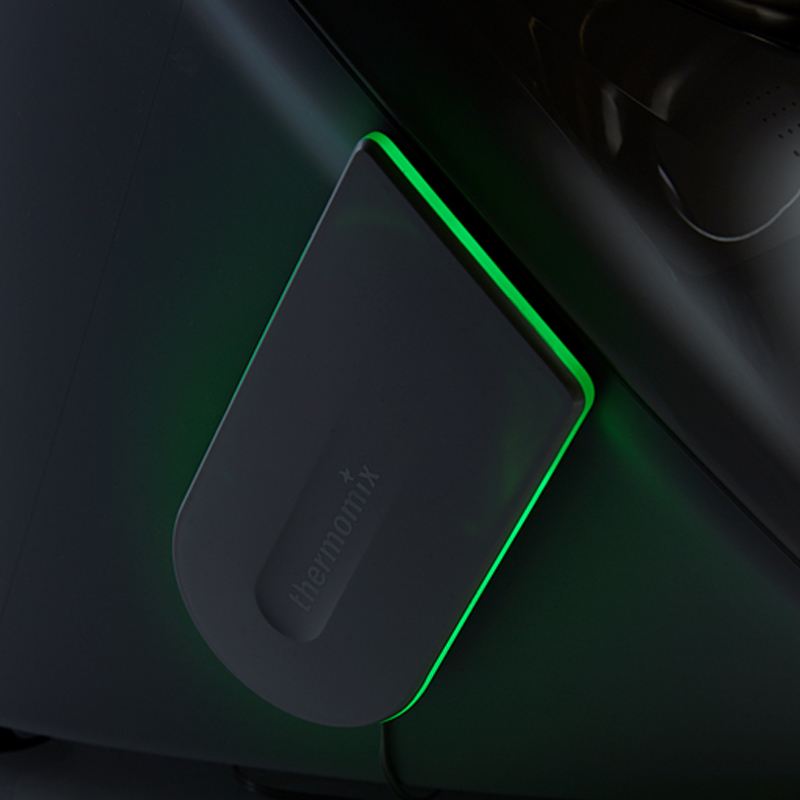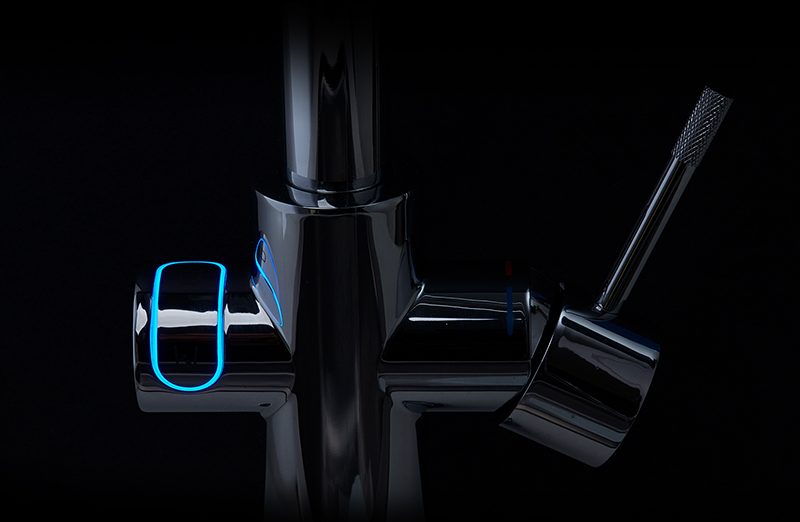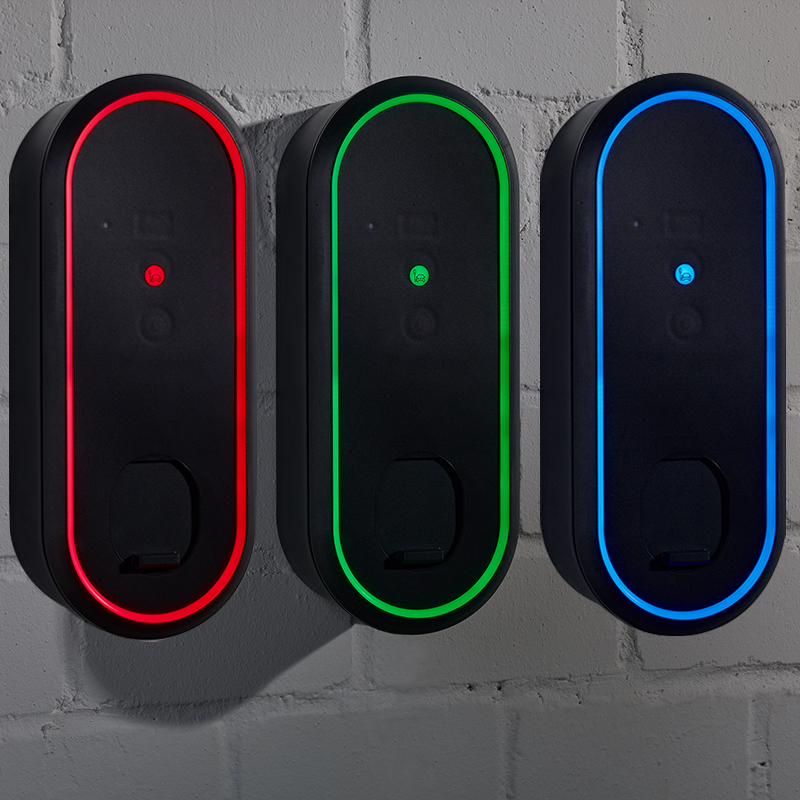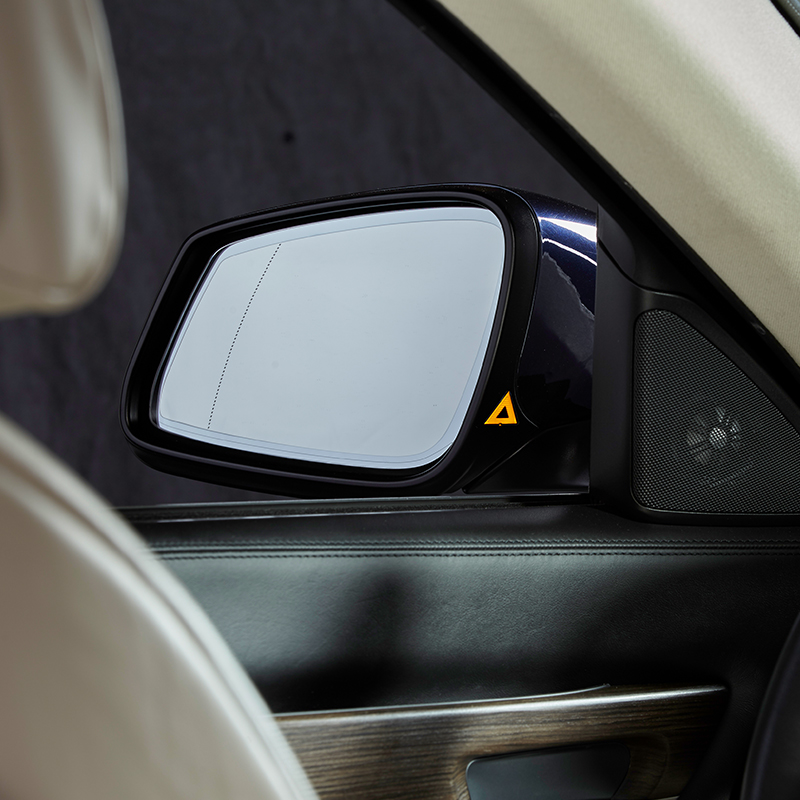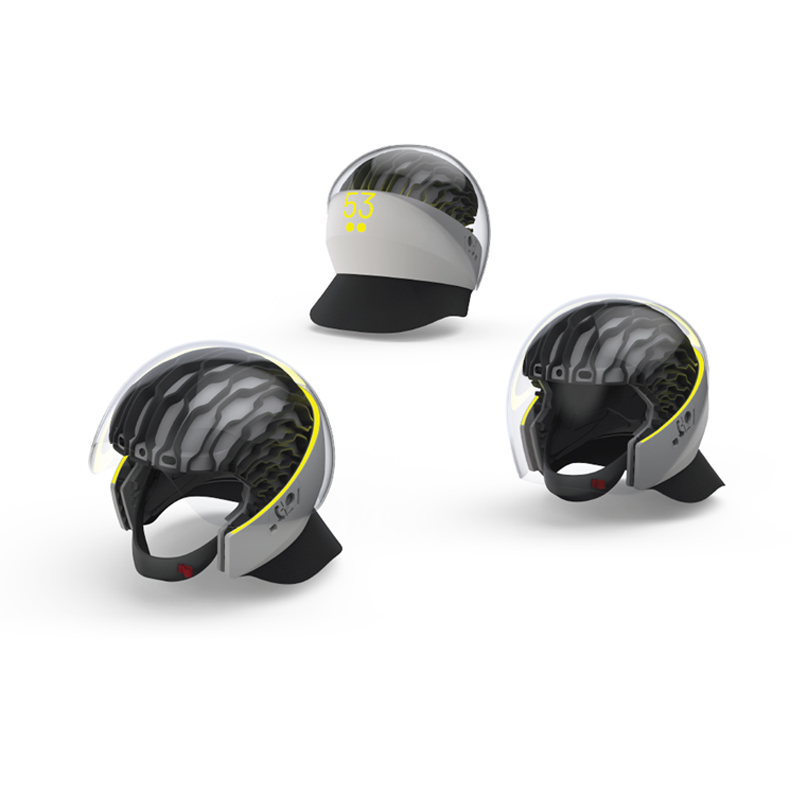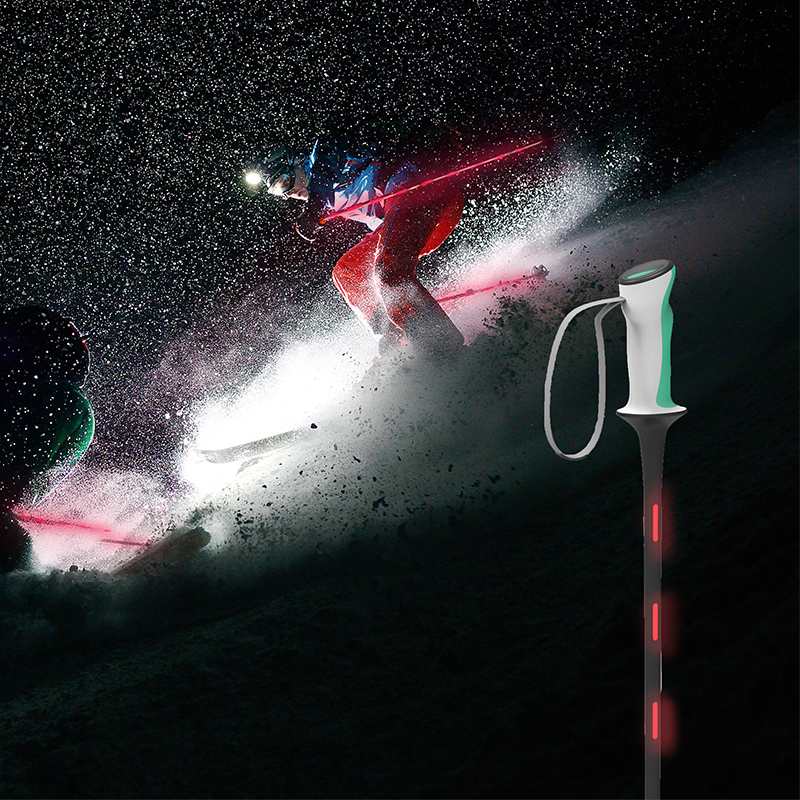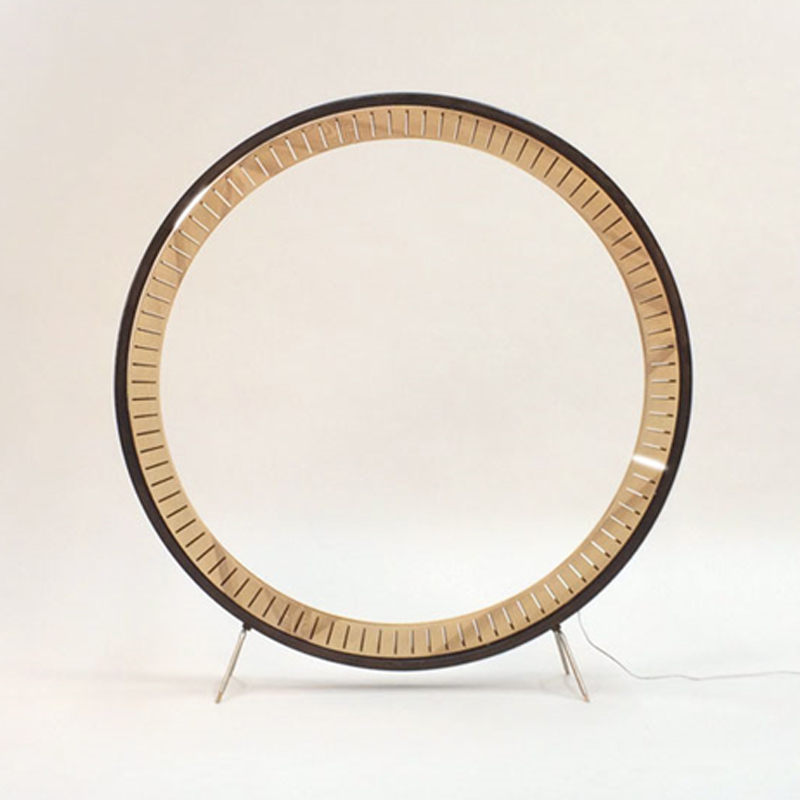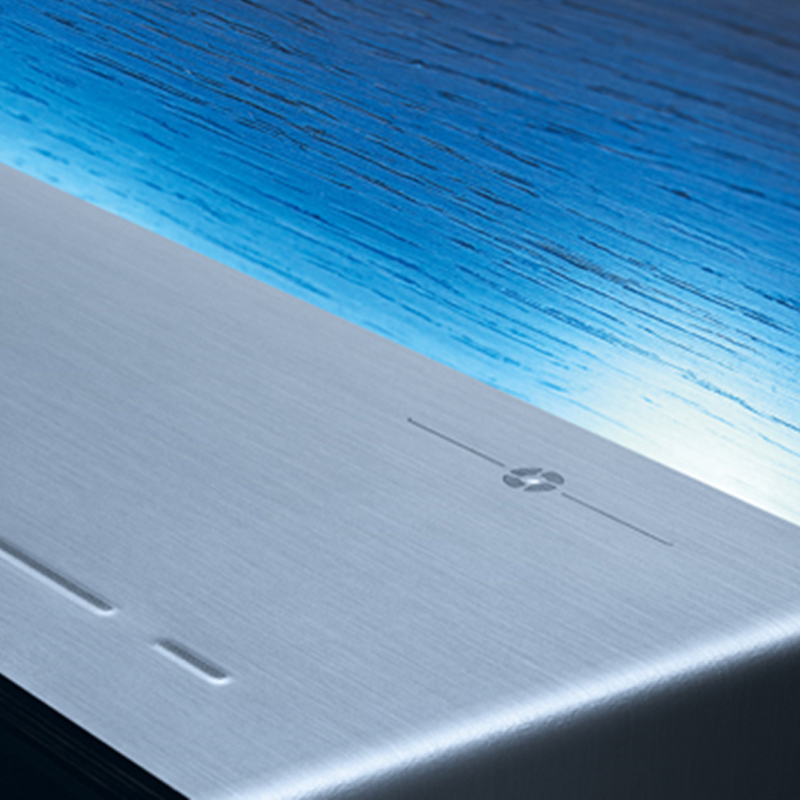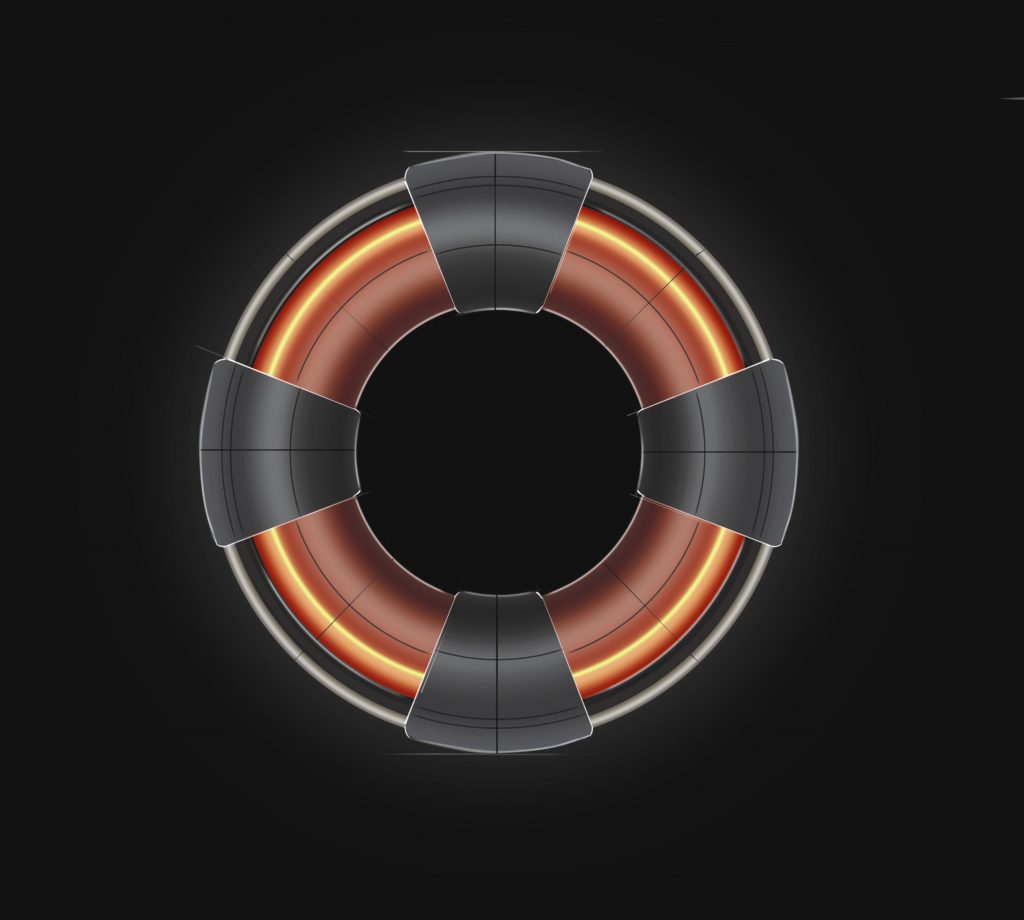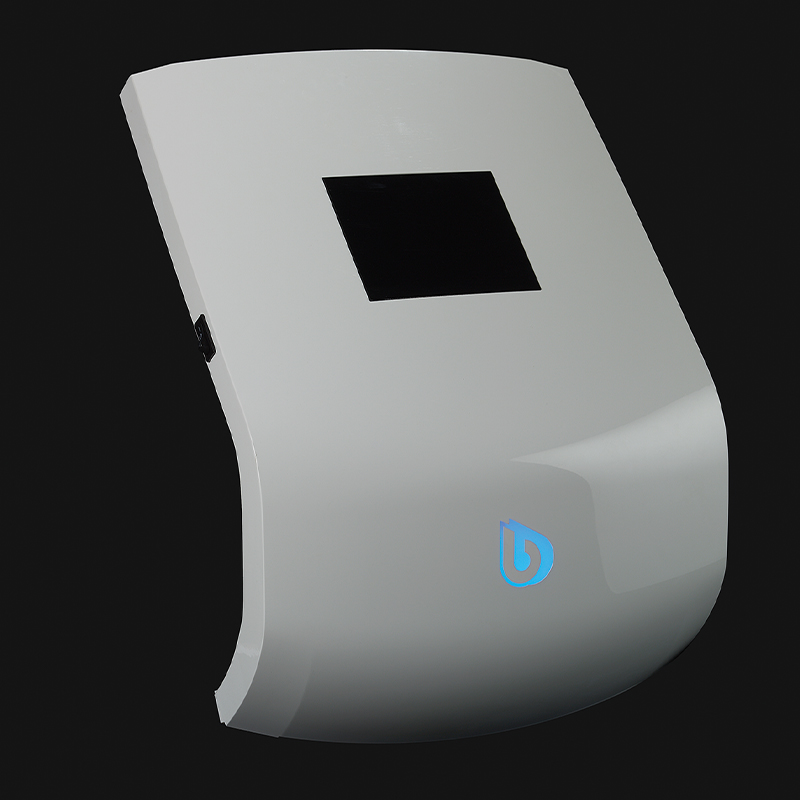Most lighting companies work in the field of general lighting. This involves lamps and lights – where the primary purpose of the product is to provide lighting and the focus is on the lighting in the room. At MENTOR too, (almost) everything revolves around light. But our core field is light within the product. We are specialists in product-integrated lighting solutions, which offer wide-ranging added value and can be used in almost any custom designed product.
Light within the product: function – aesthetics – emotion – branding
The variety of sectors in which lighting can be used within products is just as wide as the range of benefits that product-integrated lighting brings. Using the lighting solutions we have developed for and with our customers, and also other examples that did not originate in our company, we would like to show you exactly what lighting within products – including your products – can achieve.
Light provides information, enables communication and facilitates interaction and use
The core benefit of many products has been exhausted. To develop them further, new functions are coming to the fore – extra benefits are becoming more and more crucial to buying decisions and success. Consequently, products are becoming increasingly smart and multifunctional, but more complex too. User-friendliness – the communication between user and product – is becoming more and more important to achieving a positive user experience, and it is also key to sophisticated product design.
Lighting as a source of information and communication channel offers incomparable opportunities to meet the design challenges arising from this. In noisy environments in particular, lighting is an ideal way of providing information and communication. But that is by no means its only benefit: there are any number of design possibilities that incorporate lighting, regardless of the ambient noise level. Some examples:
Using Cook-keys, the Thermomix TM5 cult kitchen appliance firstly connects to the internet (the Cookidoo online recipe portal, to be precise) via Wi-Fi. The ring of light around the Cook-Key lights up and pulses to tell the user when recipes and other data are being transferred. The Blue Home by Grohe kitchen tap has a ring of colour-changing light around the operating button so that the tap can be used intuitively to produce filtered, chilled and sparkling water. The eBox by Compleo charging station also uses light for user-friendly operation, and implements colour-coded light to communicate the current charging status – even in direct sunlight.
There are plenty more inspiring examples: All of the smart speaker systems in use today, be they from Amazon, Apple, Google or Microsoft, rely on light. These digital home assistants, which primarily use voice as their communication channel, are all assisted by light as an essential information function. Many modern access control systems in hotels, offices, industry and elsewhere use light for assistance and to show a status – for example open or unlocked – but also for alarm situations or sabotage. And in the automotive industry, light is increasingly being used not just for ambience, but to fulfil different functions too. One idea in the field of (semi-)autonomous driving is a steering wheel with a built-in light that tells the driver when he or she needs to intervene.
Light creates atmosphere, provides a guide and offers convenience
Another benefit of product-integrated lighting is that it creates mood and atmosphere. Attractive lighting scenarios can be created by coordinating the light from several different products or by using the space around the product as part of the showcase. The car industry uses built-in lighting to welcome and say goodbye to its products’ users; this demonstrates the impressive effects that are possible if light is orchestrated in a certain way. Undoubtedly, a similar effect can be achieved by using sophisticated lighting to showcase furniture or home décor in larger or smaller rooms.
At the same time, light is perfect for using as a guide. One example of a product that combines the benefits of guidance, convenience and atmosphere in an impressive way is the Monolith Plus toilet from Geberit. It has built-in ambient lighting which is activated by a proximity sensor; the light is bright enough to act as a guide in the bathroom so there is no need to turn on the glaring overhead light. The colour of the light can be adjusted to the owner’s personal taste. Equally as convenient are motion sensor-controlled lighting solutions on beds. They provide enough light to allow the user to find their way around their bedroom without waking up the person next to them.
Light provides safety – or increases it
In different ways, products can be designed with greater safety in mind by using light. For instance, this applies to products that are already primarily used for safety purposes and gain an extra layer of safety from light. Examples are illuminated cycle and motorcycle helmets, and safety vests that actively light up rather than just being reflective. But light can improve the safety of many other products too: staircases and handrails for older people and lane change indicators built into wing mirrors to name just a few.
The design of a new type of police helmet won the “Light in Product Design” prize awarded as part of the 2019 VDID Newcomers Awards. The helmet has built-in lighting in different colours to make it easy to tell the police offer’s unit and identity, even if visibility is poor. This allows the officer in charge to communicate directly, increasing the police offer’s personal safety. Another example is illuminated ski poles, which use coloured lighting to indicate the skier’s speed, communicating possible danger to other people.
Light creates individuality
Products can be customised very effectively using modern RGB coloured light LEDs. The same piece of hardware can have a whole range of different product versions with an RGB coloured light solution – controlled purely by software. This can provide opportunities to elegantly resolve the conflict between standardising products to drive down costs and taking individual product versions into consideration. In addition to customisation, RGB solutions enable users to adjust coloured light depending on the situation, e.g. to create ambience, or to control it automatically.
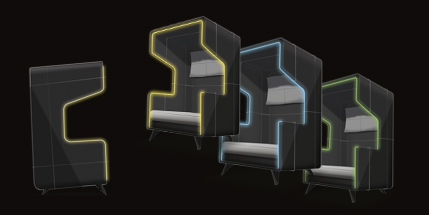
Good examples of this are the interior lighting in modern cars. The lighting can be adjusted automatically to the driver’s preferences, for example using information on customised keys, the driver can adapt the lighting to a given situation, plus lighting can perform or assist warning functions in emergency situations, for example if the driver nods off for a few seconds. Similar solutions that can be customised using coloured light are possible for a whole range of other products: in other vehicles and aircraft, in furniture, in clothing and so much more.
Light makes the invisible visible
One quite remarkable aspect of light is its ability to make the invisible visible. The visualisation of the ventilation function in the Geberit Monolith Plus toilet is one example of this. The toilet has a slowly pulsing light in a colour selected by the user, showing that a ventilator – which is barely audible or noticeable – is in operation. Another example is the design of the Orbit, an interactive floor lamp which was a winner at the 2017 VDID Newcomers Awards. Besides serving its main purpose, the lamp is also a clock – it makes time visible.
Lighting projection also offers exciting possibilities, such as state-of-the-art dishwashers that project the remaining cycle time onto the user’s floor. Through lighting projection, optical “spaces” can be defined around a product – for example, a protective space around a bike or as a warning when a car door is about to be opened.
Branding – light shapes identity
It’s no accident that the use of light in logos is becoming more and more widespread, as light in branding can have purely functional benefits as well as creating emotional and aesthetic effects. Two illuminated logos created by our company are particularly good examples of this:
Like the glowing apple – the icon of illuminated product logos – that adorned the MacBook for many years, the BMW M logo lights up discreetly to welcome users of the premium sports car, purely for their enjoyment and with no other practical function. Isn’t it often these very details that make customers love a brand’s products? Aside from these emotional benefits, a light-up brand logo can also have other, more practical functions. One example is the illuminated logo in a BWT water softening unit, which uses different coloured light to show when the device is working perfectly, when action needs to be taken or when there is a fault. There are of course a whole host of other possibilities: the multitude of colours produced by modern RGB LEDs combined with simple, dynamic light scenarios such as flashing or pulsing allow a wide range of information functions to be integrated into a product elegantly, making complex devices more user-friendly.
It is also very easy to create a unique product identity with light without simply focussing on the brand’s logo. Good examples are the lighting signatures of modern cars’ daytime running lights. The illuminated double ring of a BMW’s headlights has become a typical feature of the cars and part of their branding, in addition to the actual logo and kidney-shaped grille. An Audi is very distinctive thanks to its characteristic daytime running light, which not only shows the brand, but the particular model too.
Light is aesthetics and emotion
“Soft” factors are becoming more and more important, but not just in areas where the “hard” functional benefits of a product can no longer be leveraged usefully. Soft factors include the aesthetics of a product of course, but also – to an increasing extent – the design of a product’s emotional dimension. Light embellishes and decorates a product in different ways, and when used to best effect it truly brings a product to life. In certain scenarios, the use of light in product design not only affects the product itself, but also the space surrounding it. This is where product design becomes both a job and an opportunity.
Light as a creative dimension in product design
Light means functionality, branding, aesthetics, emotion – it is not just one of these elements, but rather all of them at once. Many of the examples given above show that product-integrated lighting cannot be boiled down to one single factor. Often, light contributes multiple functional benefits to a product, while almost always playing a part in a product’s aesthetics, and therefore its value, at the same time. This is one of the reasons that motivates us to develop solutions with truly excellent lighting quality for our customers. Ultimately, there is one golden rule:
Good lighting makes a product better. Bad lighting doesn’t do that.
You can read more about lighting in product design here:
